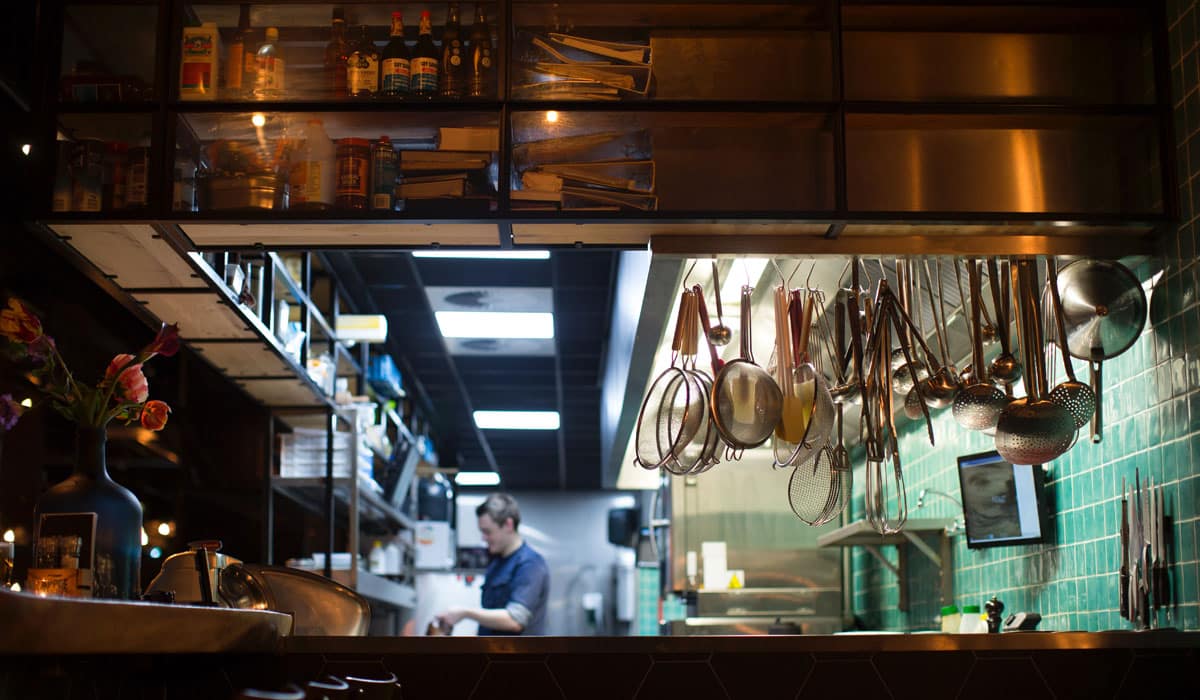Well before the pandemic, ghost kitchens were the talk of the restaurant industry as brands looked to capitalize on a new way to reach customers. Fast forward 18 months, and ghost kitchens are no longer the new kids on the block, rather they have created an efficient and cost effective avenue for restaurants to compete post-pandemic, with delivery quickly becoming a mainstay method for consumers.
Now that ghost kitchens have become established as a meaningful way to enter, grow, and expand in our delivery-first market, the door has been opened for all sorts of new and innovative approaches for quick-service restaurant operators to take advantage of.
Breaking the Barrier to Entry
There’s no doubting the level of competition that exists in the restaurant industry, and two of the largest are real estate and overhead. With ghost kitchens, brick and mortar becomes an afterthought, as operators can create a new, virtual brand from scratch, expand within a home city, or grow an existing brand in new geographies. Further, operators are afforded unparalleled flexibility. Ghost kitchens offer the infrastructure needs for operators looking to adapt to or advance their delivery business.
Using technology and infrastructure that exists in our digital, delivery-first world, there’s never been a better time to build a restaurant business via ghost kitchens.
Information Makes for Smarter Business
As technology continues to impact every aspect of business, including the restaurant industry, the data and information necessary to make smart decisions is at operators’ fingertips. Ghost kitchens offer operators a wealth of data and information on consumer preferences, location performance, menu item reception, and much more that operators can use to make decisions quickly and efficiently.
As operators think about how to adjust to the demands of the market, information and data that ghost kitchens offer makes them smarter, more creative, and innovative.
Human Capital Management Re-envisioned
An all too well-known industry obstacle is high turnover of foodservice workers. To avoid toxic turnover, ghost kitchen operators should totally rethink human capital management and adopt employer status. By making either restaurant or ghost kitchen staff employees and repurposing them to fill different roles according to consumer demand, operators will avoid any layoffs of their staff and will have dedicated employees as result. By the same token, operators will alleviate themselves of the many challenges partnerships with third-party delivery companies often present.
Ghost kitchens will continue to transform the country’s restaurant industry, and only those that adapt and adopt quickly and strategically will benefit from of this accelerating aspect of the industry. That said, outdated approaches that restaurant operators previously employed will not work in a successful ghost kitchen. Rather, brands that thoughtfully and strategically leverage ghost kitchens are set to flourish.
Scott Absher is the CEO and co-founder of ShiftPixy. He brings 30 years of experience in organizational development, capital development and employment industry expertise to the company. Scott started his career in product development and support, serving large national retail chains before turning his focus to the employer services industry.








